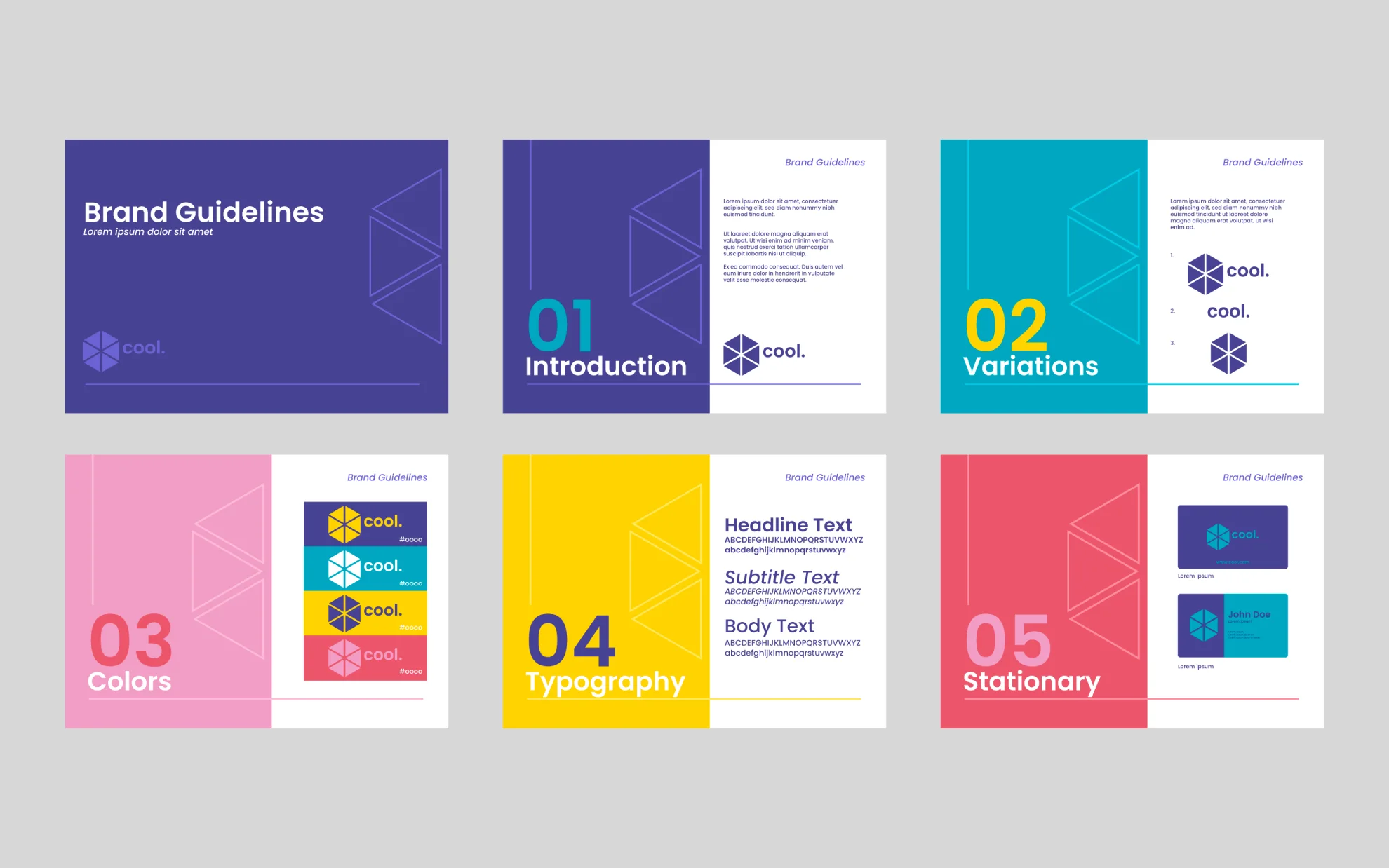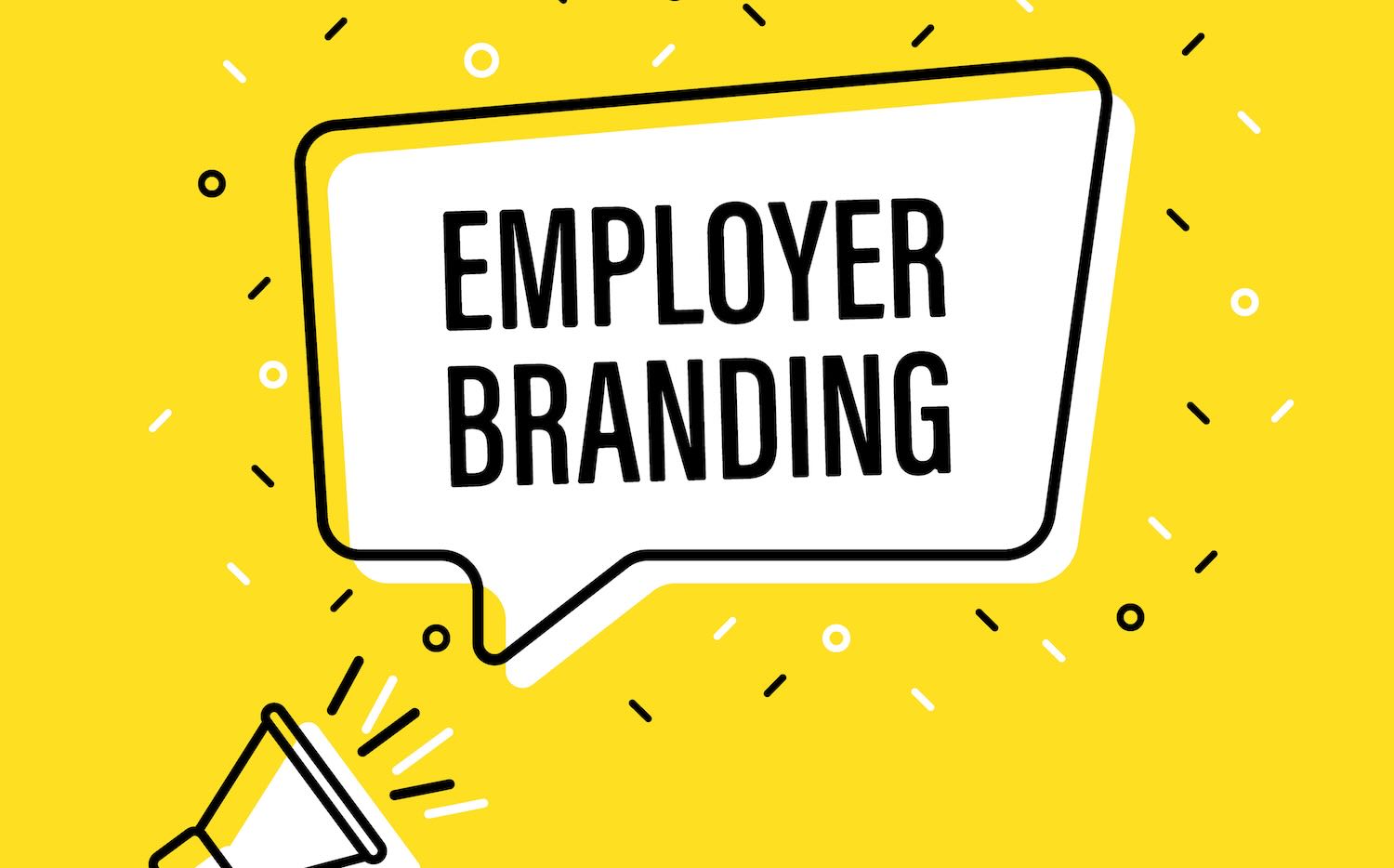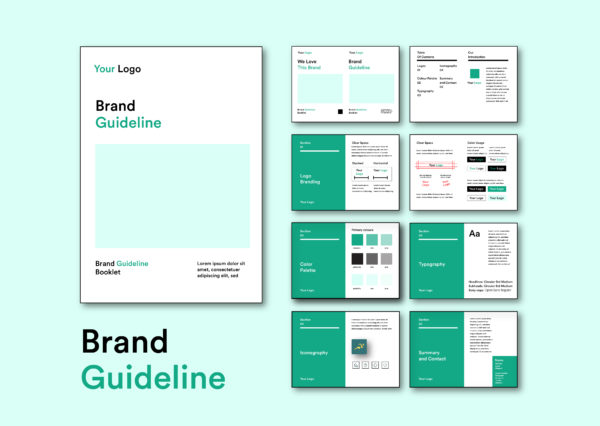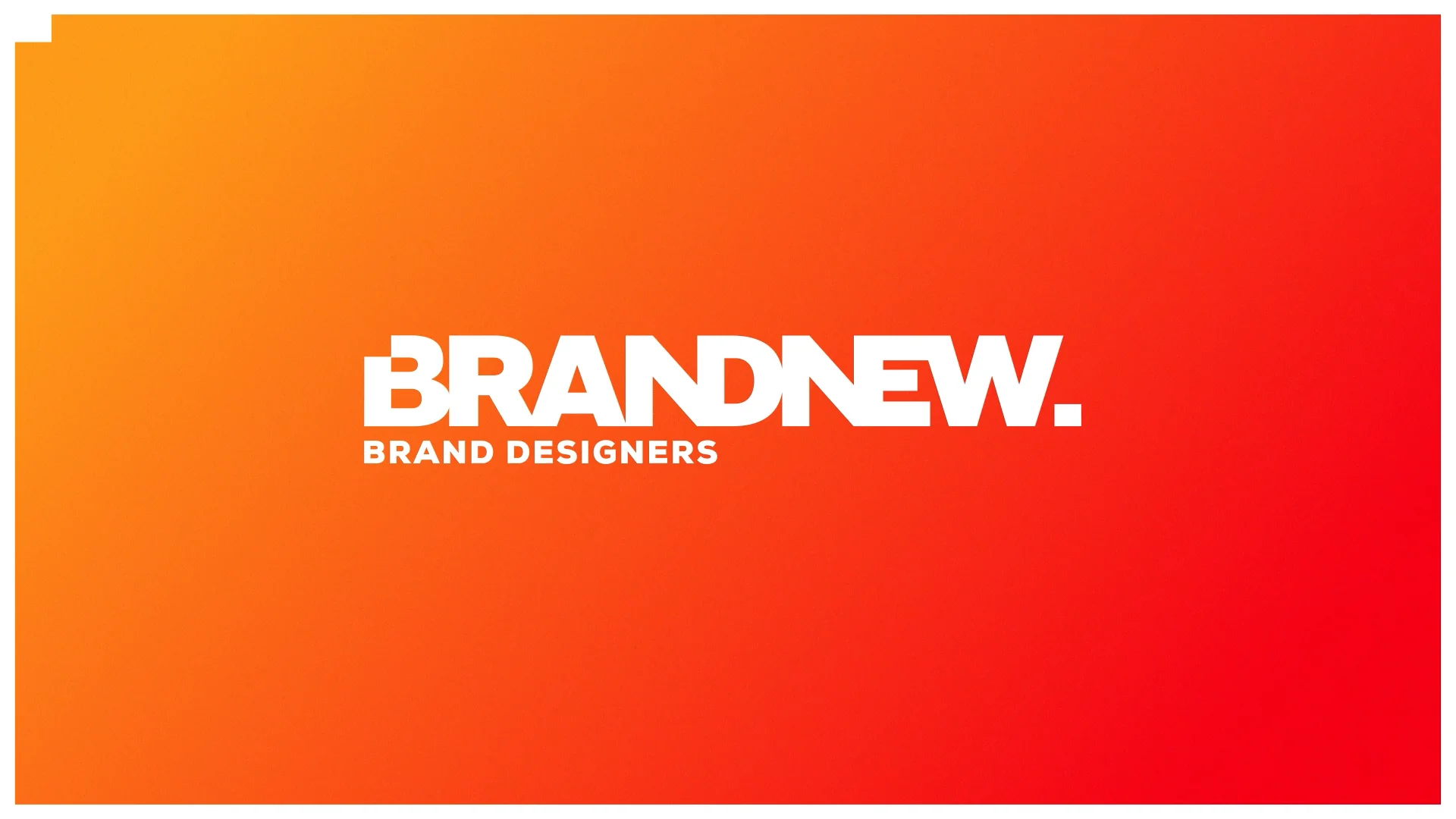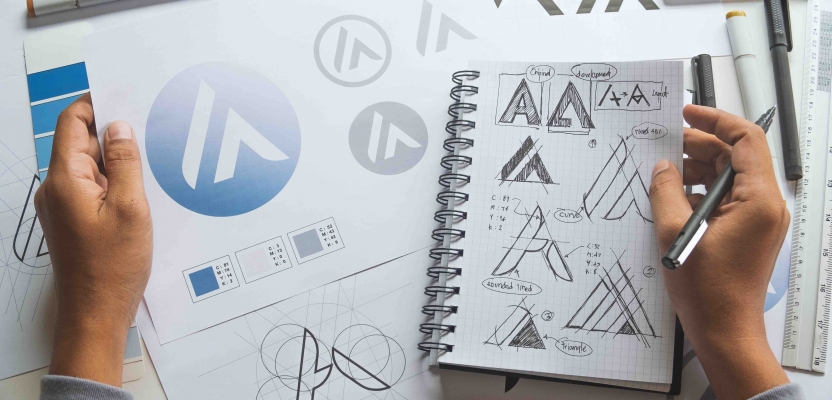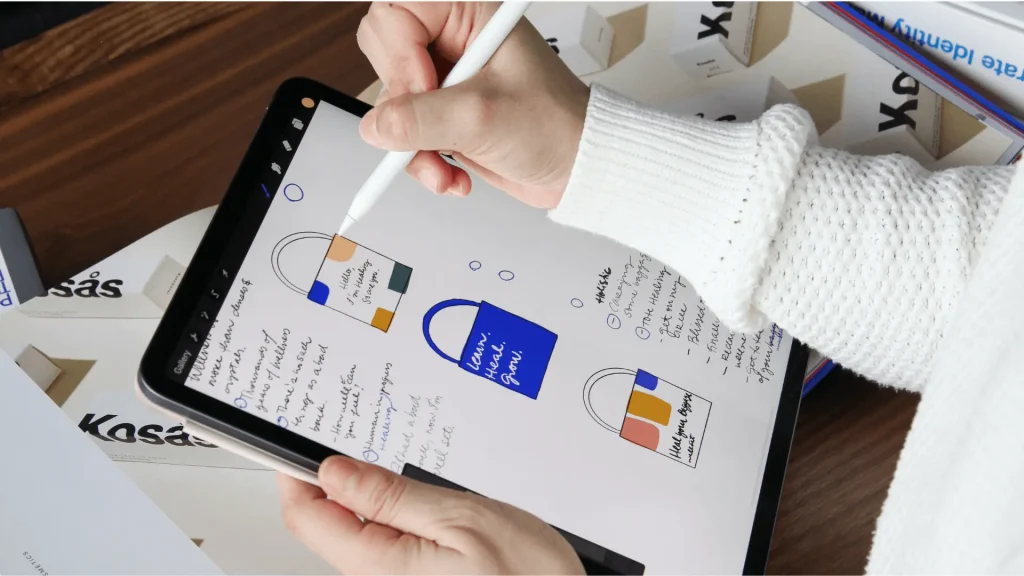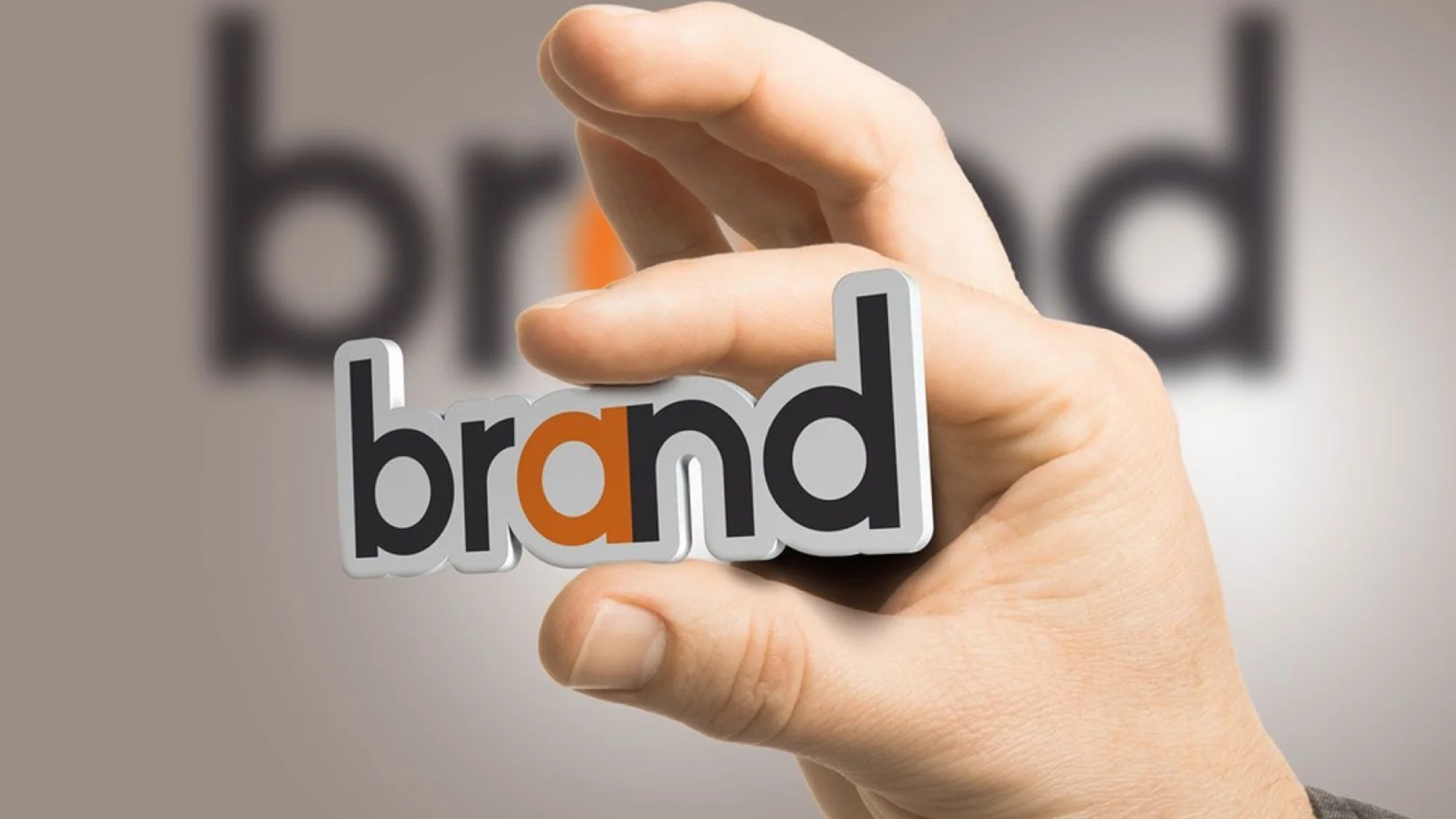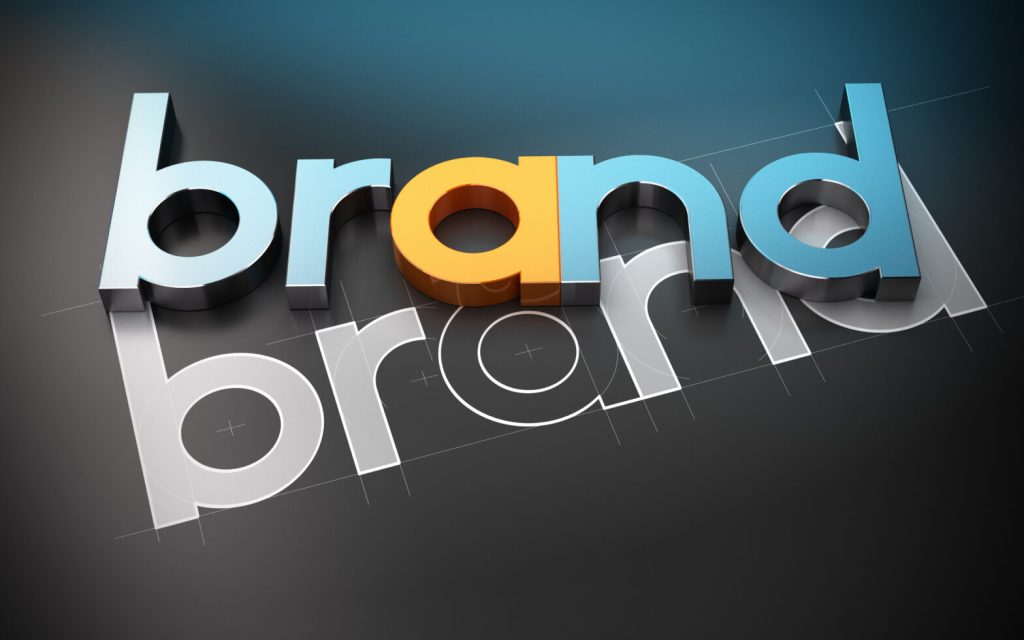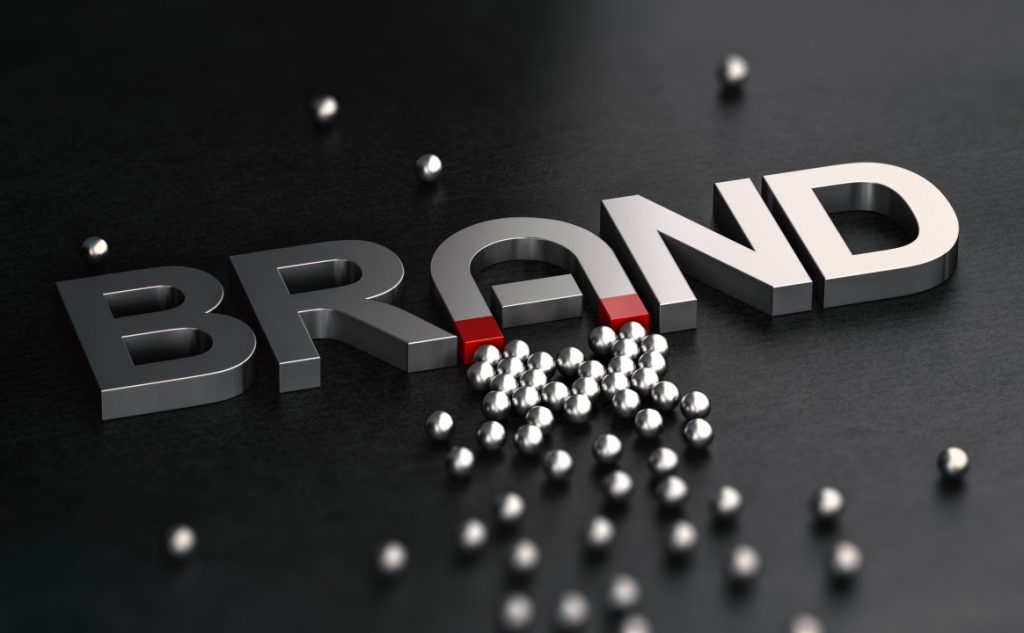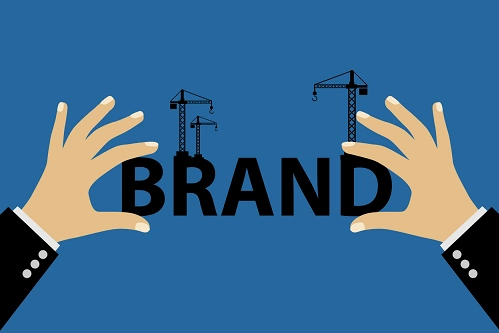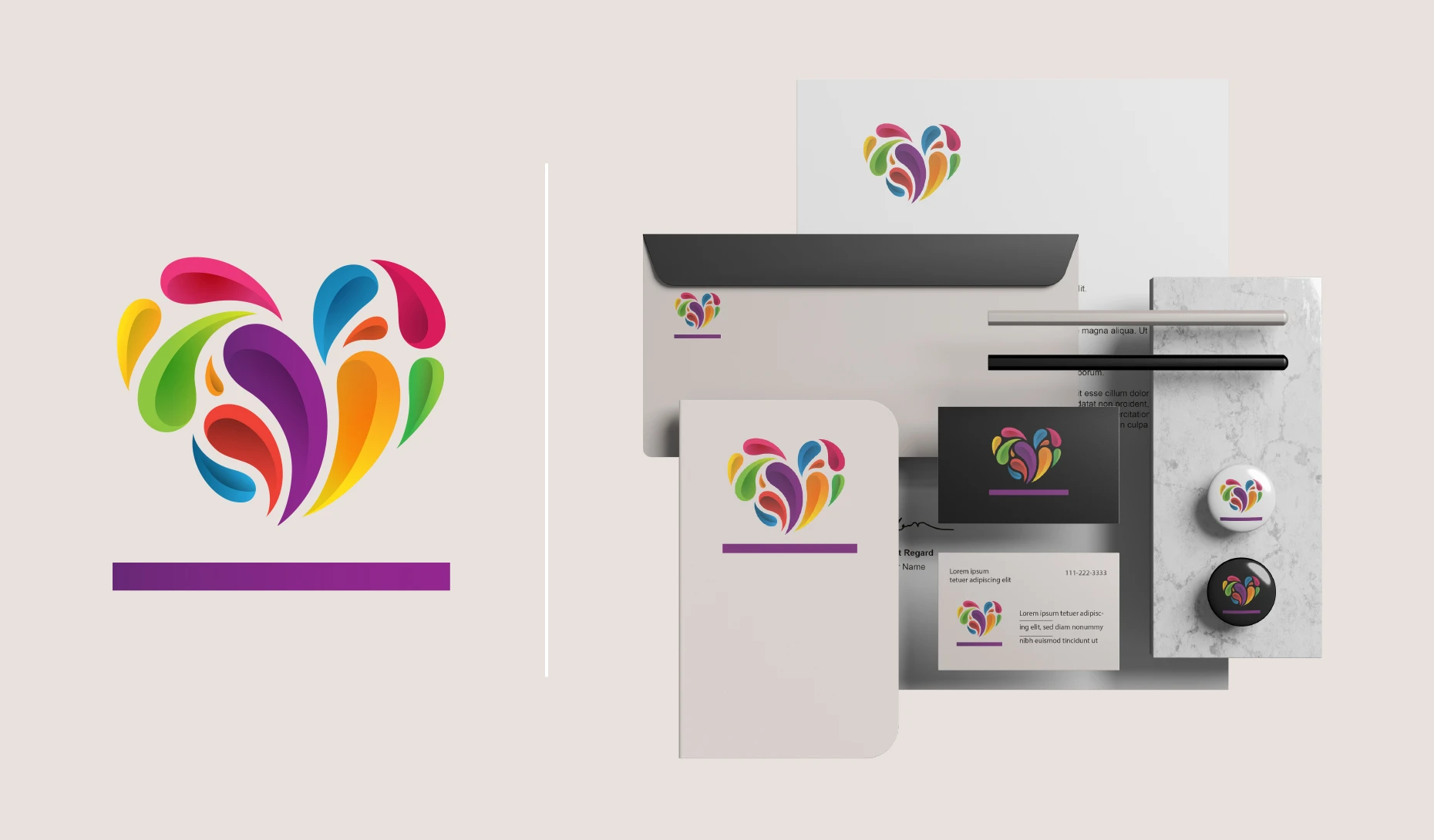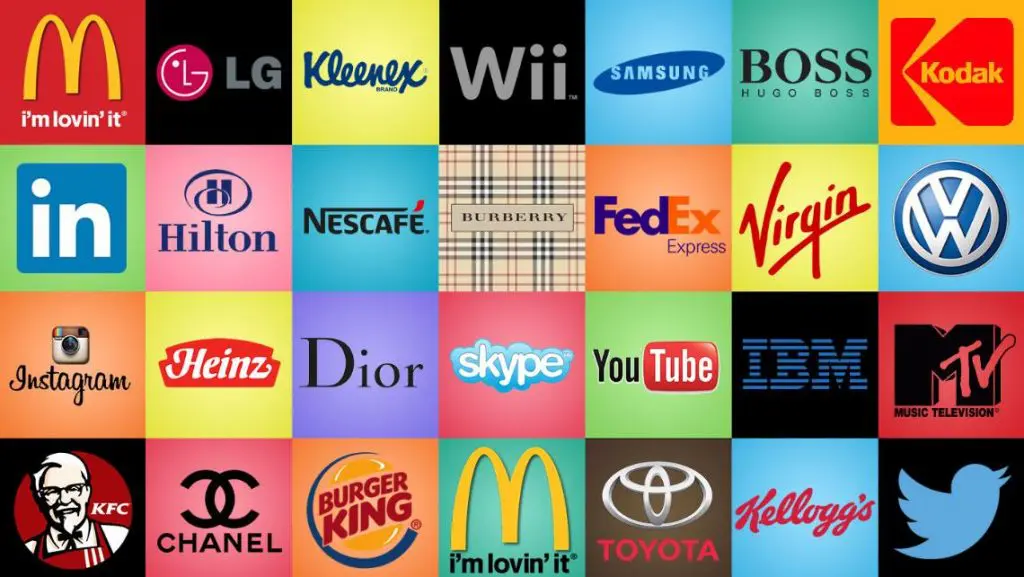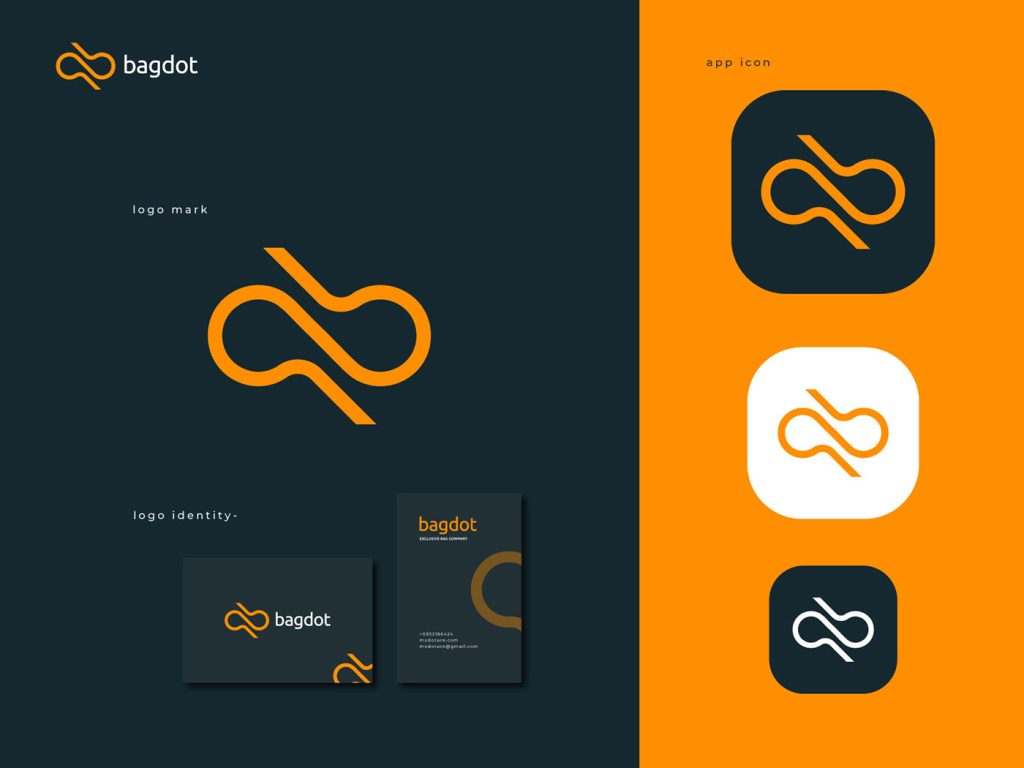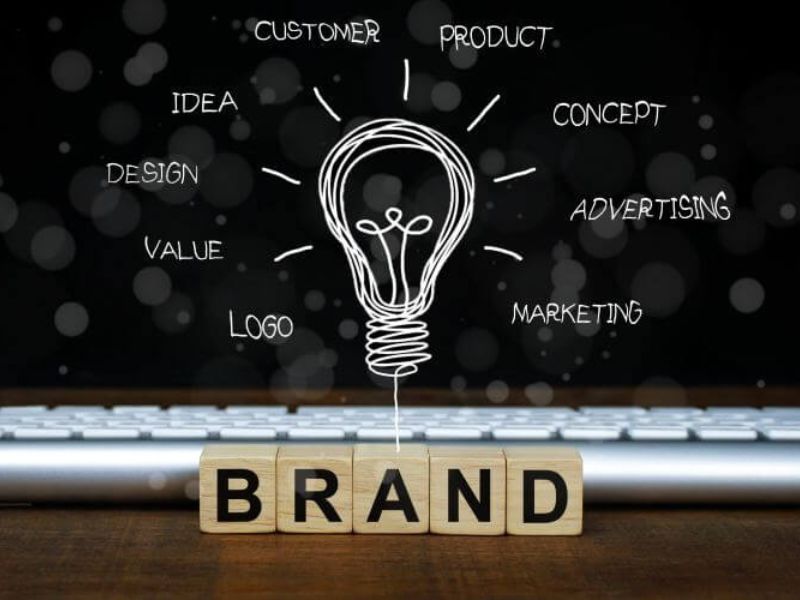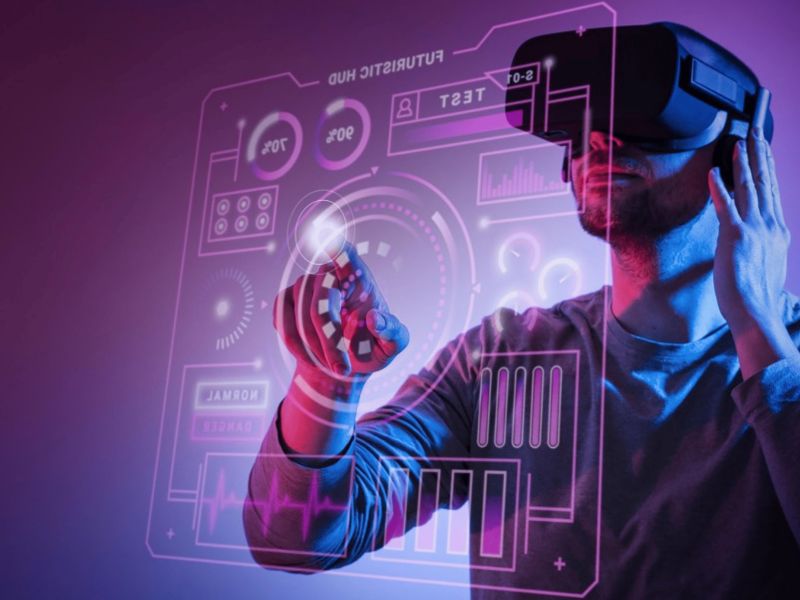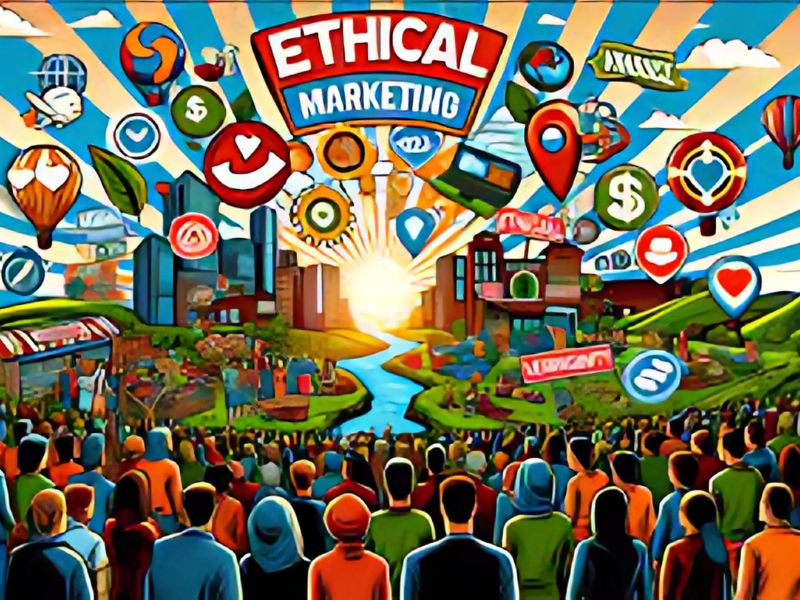Your brand is more than just a logo—it’s how you communicate, behave, and look across every touchpoint. A branding guide helps maintain this consistency. It ensures that everyone representing your brand does it correctly and professionally. In this guide, you’ll learn why a branding guide matters and how to create one that empowers your business to grow.
What Is a Branding Guide?
A branding guide—also called a brand style guide—is a comprehensive document that defines how your brand appears visually and communicates verbally. It ensures that your logo, colors, typography, tone of voice, and messaging are used consistently across all internal and external channels.
It’s more than just a design manual. It’s the foundation for how your company presents itself to the world and protects the integrity of your brand over time.
At Viartisan, we treat your branding guide as your brand’s operating system—designed to support marketing, sales, design, HR, customer experience, and beyond.
Why Do You Need a Branding Guide?
A branding guide brings clarity, control, and confidence to how your brand is represented. Whether you’re a solo founder or managing multiple teams across regions, it’s the single source of truth for your brand identity.
Key Benefits:
- Consistency Builds Recognition – Repetition of visual elements and messaging reinforces your brand in the minds of your audience.
- Improves Collaboration – Designers, marketers, and writers all follow the same playbook.
- Speeds Up Workflows – Save time and resources with predefined guidelines.
- Strengthens Brand Equity – A cohesive look and feel elevates professionalism and trust.
- Supports Scalability – As your team grows, guidelines prevent brand dilution.
According to Lucidpress, brands with consistent presentation across platforms see 23% more revenue.
Without a branding guide, your brand risks inconsistency, miscommunication, and inefficiency—especially in high-growth or multi-channel environments.
What to Include in Your Branding Guide
Let’s break down the essential components of a complete branding guide:
1. Brand Overview
Give readers context before diving into visuals:
- Mission Statement – What does your company aim to achieve?
- Vision Statement – Where is the brand headed long term?
- Core Values – What principles guide your decision-making?
- Brand Story – A short narrative about how your brand came to be, who it serves, and why it matters.
- Brand Personality – 3–5 adjectives that define your brand voice (e.g., innovative, trustworthy, playful).
This section aligns everyone with your brand’s purpose and tone from the start.
2. Logo Guidelines
Your logo is the face of your brand. Provide rules for proper use:
- Primary Logo – Full logo lockup
- Alternate Versions – Horizontal, icon-only, black & white
- Minimum Size – To maintain clarity
- Clear Space – Buffer zones around the logo
- Do’s and Don’ts – Real examples of misuse (e.g., stretching, rotating, recoloring)
Include downloadable files and usage instructions.
3. Color Palette
Color impacts emotion, recall, and differentiation. Define:
- Primary Colors – Brand-defining hues
- Secondary/Accent Colors – Used for backgrounds, highlights, CTAs
- Codes for Digital and Print – HEX, RGB, CMYK, Pantone if available
- Accessibility Guidelines – Recommended contrast ratios for readability
Also include suggestions for color combinations and proportions.
4. Typography
Fonts express tone and professionalism. Cover:
- Font Families – Primary and secondary typefaces
- Use Cases – Headings, body copy, UI text
- Weights and Styles – Regular, bold, italic, etc.
- Sizes and Hierarchy – H1, H2, paragraph sizes
- Line Height, Spacing, Alignment – To maintain visual rhythm and readability
Offer fallback options in case custom fonts aren’t available.
5. Imagery and Iconography
Visual language supports storytelling. Include:
- Photography Style – Natural, candid, editorial, etc.
- Image Treatment – Color filters, overlays, or border rules
- Illustration Style – Flat, line-art, 3D, abstract
- Icon Design – Consistency in stroke width, corner radius, usage rules
Provide example visuals to inspire application.
6. Voice and Tone
Your brand’s voice defines how you sound across platforms. Clarify:
- Tone of Voice – Friendly? Technical? Authoritative?
- Language Guidelines – Use of contractions, first/second person, sentence length
- Grammar and Style – Oxford comma, emoji usage, headline capitalization
- Messaging Pillars – Key messages to repeat across content
- Sample Content – Side-by-side examples of good and bad copy
This empowers writers and social media managers to stay on-brand.
7. Application Examples
Show how everything comes together in real life:
- Business Cards – Layout, info structure
- Website Components – Hero images, buttons, nav bars
- Social Media Templates – Stories, carousels, feed posts
- Presentation Slides – Cover, title, content
- Email Signatures & Packaging – For internal and customer-facing comms
Visual references help teams confidently replicate branding across assets.
Who Uses a Branding Guide?
A branding guide is useful across departments and with partners:
- Designers – Ensure visuals match brand standards
- Marketers – Develop campaigns with aligned tone and visuals
- Copywriters – Craft messaging that feels on-brand
- Sales Teams – Present proposals with the right look and voice
- HR and Culture Teams – Onboard employees and promote values
- External Partners – Freelancers, developers, and vendors who need creative direction
Everyone benefits when expectations are clearly documented.
How Viartisan Helps You Create a Strategic Branding Guide
At Viartisan, we don’t just hand over a PDF. We build branding guides as strategic tools that evolve with your business. Our service includes:
- Discovery Workshops – To define brand personality, values, and voice
- Research and Competitive Analysis – To ensure visual differentiation
- Custom Brand System Design – Logo, colors, fonts, and more
- Interactive Brand Book Creation – Delivered in PDF and web-ready formats
- Training and Brand Rollout Support – So your team applies the guide consistently
Whether you’re starting from scratch or rebranding, we ensure your branding guide becomes a foundation—not just a file.
Make Your Branding Guide Your Brand’s Playbook
Your branding guide is more than a design document—it’s a communication tool, a training manual, and a brand guardian. It empowers your teams to move fast without compromising consistency. It ensures every ad, website, and sales deck reflects your identity with clarity and purpose.
In an era where attention is limited and impressions are everything, a cohesive brand isn’t optional—it’s essential.
Let Viartisan help you craft a branding guide that unlocks creative freedom while reinforcing consistency, no matter how fast you scale.
